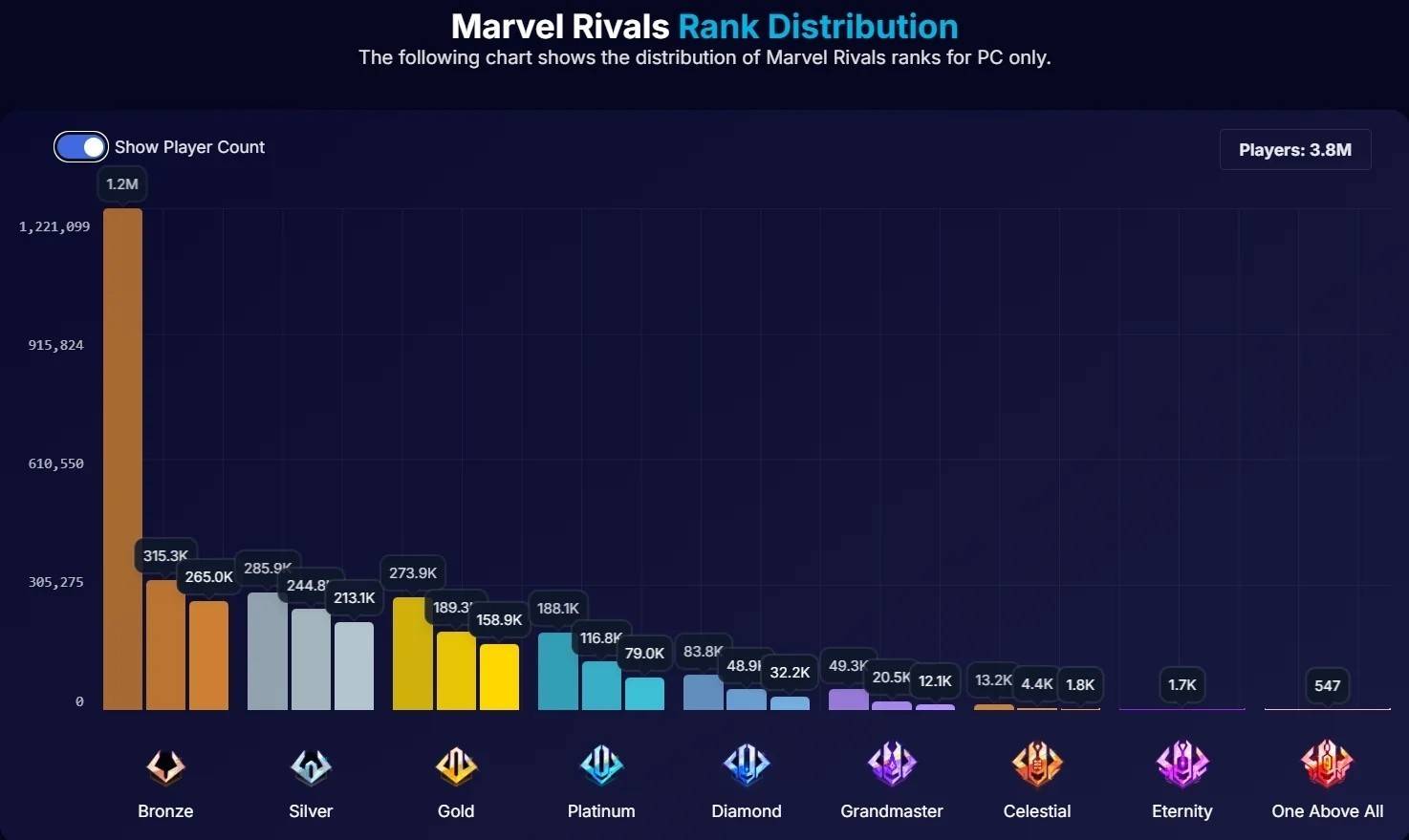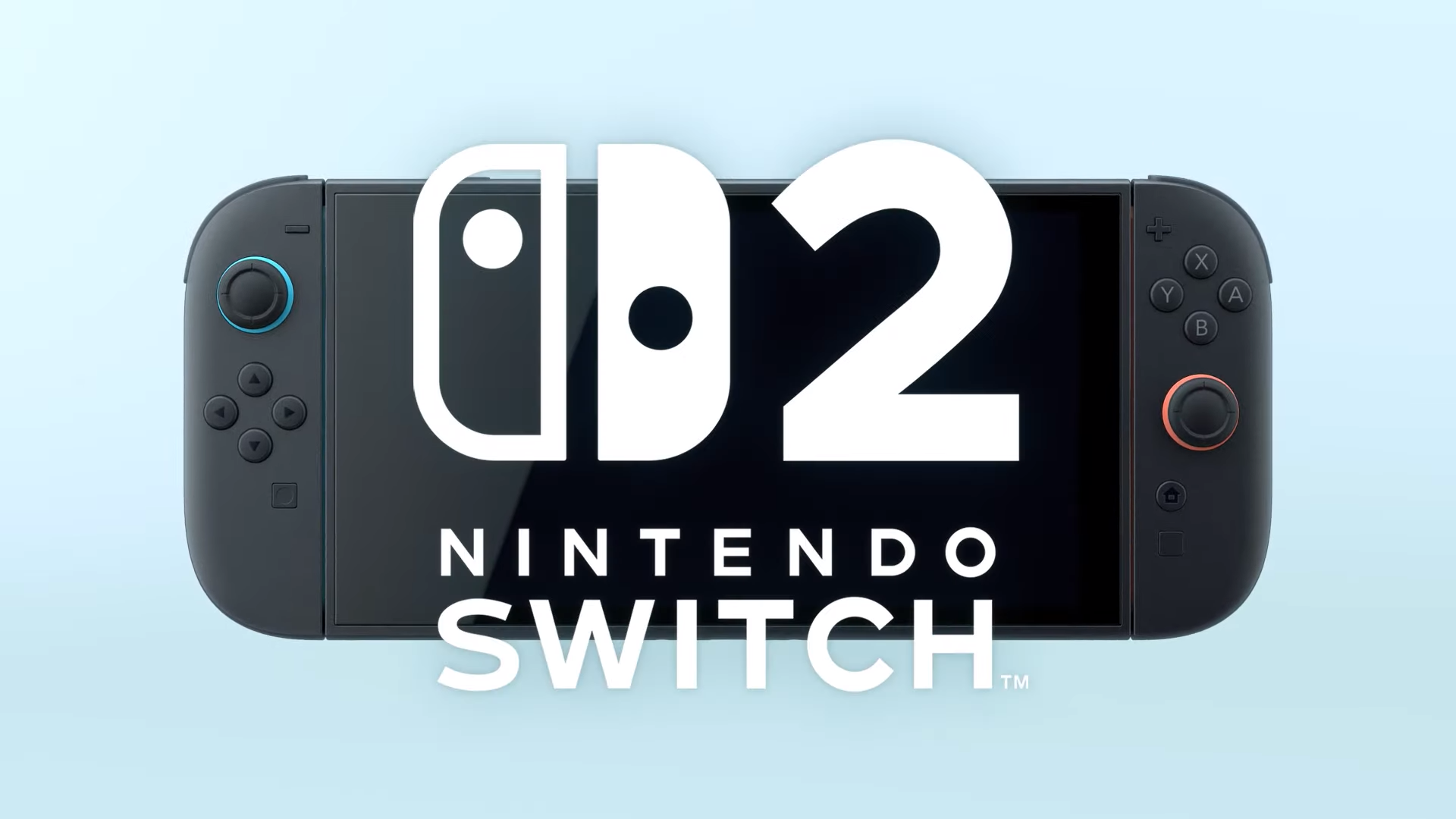Recent statistics circulating on social media about the rank distribution in Marvel Rivals on PC have sparked both interest and concern among the gaming community. The focal point of these discussions is the unusually high concentration of players in the Bronze 3 rank. In Marvel Rivals, reaching level 10 automatically places you in Bronze 3, after which you must engage in ranked matches to progress further.
 Image: x.com
Image: x.com
Typically, in competitive games, the transition from Bronze 3 to Bronze 2 is designed to be relatively straightforward. Game developers often aim for a rank distribution that follows a Gaussian curve, commonly known as a bell curve. This model places the majority of players in the middle ranks, such as Gold, with fewer players at the extremes, like Bronze. The system is structured to "pull" players towards the center by awarding more points for wins than are deducted for losses, encouraging progression.
However, the data from Marvel Rivals paints a different picture. There are four times as many players in Bronze 3 compared to Bronze 2, and the overall rank distribution deviates significantly from the expected Gaussian model. This anomaly suggests a lack of engagement with the ranking system among players. The reasons for this disinterest can vary, but it's a concerning sign for NetEase, the game's developer. It could indicate issues with the game's progression mechanics, player satisfaction, or the appeal of the competitive aspect of Marvel Rivals.
















